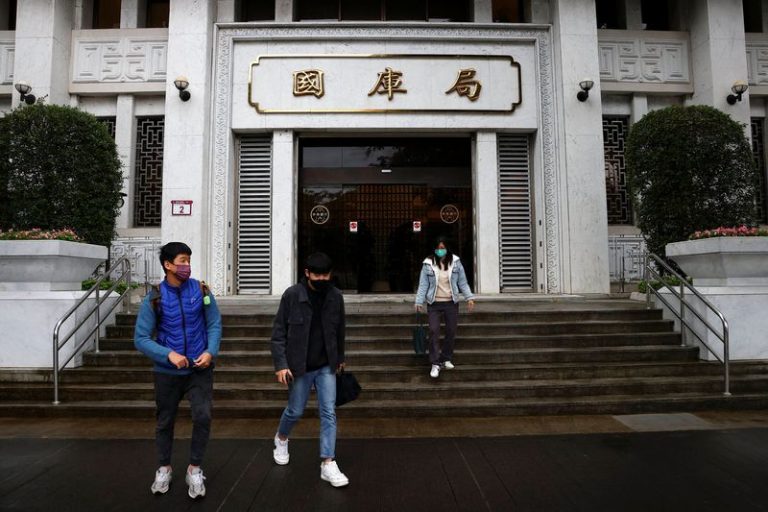TAIPEI (Reuters) – Taiwan’s central bank is expected to keep its policy interest rate unchanged this week and to stay the course throughout next year given the strong economy and as it deals with inflation concerns, according to economists in a Reuters poll on Monday.
The central bank left the benchmark discount rate at 2% as expected at its last quarterly meeting in September, after raising it to that level from 1.875% at a meeting in March ahead of a rise in electricity prices.
At its next quarterly meeting on Thursday it is expected to keep the rate steady again, according to all of the 33 economists surveyed.
Economists who answered questions on the outlook beyond this week predicted the bank would continue to stand pat throughout 2025.
Taiwan’s tech-centred, export-dependent economy has been thriving on demand from the artificial intelligence (AI) boom that has driven orders for the likes of TSMC, the world’s largest contract chipmaker.
Its economy is expected to grow more than 4% this year thanks to the AI boom, but growth could slow slightly to 3.3% next year, the statistics bureau said last month.
Taiwan’s consumer price index (CPI) in November rose by a higher-than-forecast 2.08% and the central bank, which considers 2% its “warning” line, has made bringing it down a priority.
Hsu Chih-yen of MasterLink Securities said that given Taiwan’s inflation, standing pat was the most likely outcome this week.
“Inflation is being felt but it’s not that terrible,” Hsu said. “Even with the Fed still expected to be in a rate cycle cut into the first half of next year, Taiwan’s central bank won’t move.”
The U.S. Federal Reserve is expected to make a quarter-point reduction at its Dec. 17-18 meeting.
The Taiwan central bank will announce its revised economic growth and inflation forecasts for this year and the next on Thursday.
(Poll compiled by Anant Chandak and Susobhan Sarkar; Reporting by Ben Blanchard and Liang-sa Loh; Editing by Mrigank Dhaniwala)

